Be an influencer. Tell a story.
E117: Guest Post by Andrew de Souza, Flora Project: Storytelling Sustainability
Dateline: Goa, India
“As a storyteller, it’s about showing what the future can be so that we as
a species can get there. If there’s one thing us humans are good at, it’s telling stories. To me the key is telling stories that can save the planet in a way that doesn’t cost the planet.”
— Jess Hines, Producer, Fingerprint Content
As a futurist, I understand the power of a well-told story to encourage our audience to reframe and move their thinking past the status quo. drip. Drip. DRIP.
Dickens’ Christmas Carol encouraged a generation to look back, examine our agency, right wrongs and reclaim our future. Philadelphia, starring Tom Hanks, moved society’s view on AIDS - interactions with those suffering and hope in a pharmaceutical cocktail. J.K. Rowling’s Harry Potter series reminds us of the joy and power in the ‘collective’ to pull the world back from the brink of disaster. This power in messaging is a gentle drip, drip, drip, that starts with memorable storytelling (h/t
).My mother and I attended IFFI (International Film Festival of India, the equivalent of TIFF/Sundance). They hosted a panel discussing sustainability on both sides of the camera. There is tremendous value in visual storytelling on the big screen, to move big ideas forward:
It brings our audience along with us, introducing them to real or imagined futures.
Climate movies use all our senses to immerse us in the dystopian moment so that we fully feel the impact and urgency of these climate situations that affect so many people around the world. Sci-Fi and biographies advance agency by showcasing the ingenuity of the human mind and show imaginative solutions already in play.
Our sense of empathy triggered while sitting comfortably in a dark room with our popcorn, starts a ripple effect. Programs like “leave no trace” policy naturally seep through society just as the seat-belt policy has done.
This edition’s guest essay is written by my son, Andrew de Souza and published in The Peacock, a daily newsletter distributed during IFFI.
Storytelling Sustainability - Climate Storytelling on Both Sides of the Camera
Author: Andrew de Souza Insta: @TheFloraProjectGoa
“There’s this idea that if you make films sustainably it costs more,” says Jess Hines, “but you’ll find in the long run you save money.” The co-founder of Fingerprint Content was speaking to an audience of filmmakers and producers eager to learn how to make their sets more eco-friendly. As part of the Film Bazaar’s Knowledge Series, the “Green Sets” panel uses Chandigarh Kare Aashiqui (2021) as a case study to examine and normalize waste-reduction techniques.
Pragya Kapoor, another co-panelist and co-founder/producer at Guy In The Sky Pictures became a pioneer of eco-friendly practices on set after noticing the discrepancy between the large number of films addressing important climate topics, and those which actually practice sustainability on set. “In Kedarnath (2018) our main characters were advocating against overdevelopment and littering. These were conversations we were having in the film, but what happened while making the film was a different story.”
One big intervention Pragya made on the set of Chandigarh Kare Aashiqui was bringing in Divya Ravichandran, CEO of Skrap: a sustainability agency dedicated to reducing the environmental impact of the entertainment industry. “At the time,” Divya says, “a film shoot was something we hadn’t done yet, and the logistical and operational challenges were completely different.” While she describes the situation as “perfectly chaotic”, Divya found areas for improvement to say the least; “we were able to reduce our reject waste from 350 kg per day down to 4kg—a reduction of 99%” she announces to thunderous applause.
Though initially the production team wasn’t thrilled with the additional effort, Pragya explains “the day when Divya first shared what was being upcycled and the food that was being donated, everything changed for the crew. People started enjoying the work, and even holding each other accountable”. Teamwork and transparency seem to be integral in gaining traction internally. Jess agrees, adding “One of the keys is getting everyone involved—cast, crew, volunteers. We make them feel like they own the process”. Even after the panel the three leading ladies casually catch up and collaborate on new sustainability ideas.
And camaraderie isn’t the only added benefit. As Jess notes, these practices can be cost-saving in the long run, and can attract top talent; “for the stars it’s really good for their brand to be seen doing things in a sustainable way. They’re more likely to do a role if they can talk about the environmental work they’re doing on social media”.
In an individual interview with The Peacock, Divya provides three immediate and impactful solutions “I think every production house should have an internal sustainability team, adopt a Leave No Trace policy, and get all of their in-house team members to undergo a simple training based around the environment.” When asked how implementing these solutions can spread awareness to the broader public, Divya asserts “I strongly believe that conversations that happen on set also gradually start reflecting on screen.”
And these topics have already started to make it to theaters. This year’s IFFI had no shortage of climate stories, from Luc Jacquet’s Antarctica Calling (2023) to Angelos Rallis’ Mighty Afrin: In The Time Of Floods (2023). Exploring themes such as ecosystem threat and climate migration, these films rely on visual and sensory picture-painting to transport audiences to unfamiliar lands. Mighty Afrin for example tells the true story of Afrin, a young girl who is displaced by flooding along the Brahmaputra River. Rallis says in a Q&A “the point of the film was to show what these people are going through, because it's not only her—she represents a whole generation of people who are displaced due to the severe weather conditions.”
“... creating a narrative for these environmental initiatives is fundamental in exciting, engaging and inspiring others”
It became clear that in an industry centered around storytelling, creating a narrative for these environmental initiatives is fundamental in exciting, engaging and inspiring others. Jess explains why it is essential to include screenwriters as well as producers in this discussion. “As a storyteller, it’s about showing what the future can be so that we as a species can get there. If there’s one thing us humans are good at, it’s telling stories”. She poetically concludes the panel by distilling the essence of sustainability in film: “To me the key is telling stories that can save the planet in a way that doesn’t cost the planet.”
“Where did the inspiration for your title come from?”
“What are some simple ways you can help out your community?” my son asked an auditorium filled with young students as he talked about eco-leadership - one of the three pillars of The Flora Project1. A number of hands went up. He pointed to a younger boy towards the back, whose hand stretched as high as he could to be seen above his taller friends in front. “Influence others”, the little lad shouted back so he could be heard clearly.
Go. Influence others. Tell a story.
And when you are ready, DM me so we can share these stories within Tribe Tilt.
If you are in or around Goa from Saturday December 9 - Sunday December 17, join us at the Flora Project (details and directions on Instagram). Guided by the environmentalist and architect Tallulah D’Silva as we build a pringle-shaped shelter out of bamboo and mud (inspired by this one).
This week’s participation opportunity:
Follow us on Instagram @theFloraProjectGoa Enjoy the journey of building such structures alongside ours. The Flora Project has invited local climate specialists to speak all week (maybe even
?!)Share the Instagram link with others. [Instagram @theFloraProjectGoa]
What small climate related action are you inspired to take today? Please tag @theFloraProjectGoa on Instagram as you share your own climate story.
Once again, I’m learning from my son. I’d started this newsletter two years ago “to make climate sexy”, to counteract the doom-only scenarios. I believe that fear can immoblize us. I wanted to write in a way that inspired agency while also communicating the urgency of our situation.
Do you have an idea on how to address this issue? Can you create a project to bring attention to, or to change the situation? Can you harness the power of story to make your own climate difference?
The best idea can come from anyone, anywhere, at any time. Speak up. Act now. You have permission.
Goa 2023
I am a night owl by nature. But 5:30-7am, as the dawn breaks gently and grey twists through electric purple into pale blue, is one of the most beautiful times of the day to write while in Goa. If I am lucky and the wind is blowing the right way, I catch the familiar peal of the morning angelus bells from our village church. In a pre-digital-, less concrete- , no traffic- , world this used to be my personal alarm clock! In an agrarian world, it would mark dawn, noon and dusk, calling people back in from their work in the fields.
Then the dawn chorus! The variety of bird call is as melodic as it is magnificent. Each day differs. The other morning a frustrated cow kept time (2 beats off) with the confused rooster who did not realize that 4:30am and 6:30am are completely different when it comes to protecting one’s (MY) sleep. Another day, every single dog in the neighbourhood set off a sequential warning siren call as I heard an irate hissing monkey skitter over the terracotta tiles on our roof, bounding from tree to tree across the vaddo2. [And you wonder how I come to be awake at 6am?!]
That is nature waking up. Then, around 6:45, the local baker (poder) comes around with his basket of fresh baked bread for the morning. Ponk-ponk, ponk-ponk, ponk-ponk. “Quick! Jump out of bed you lazy head or your brother will have finished the warm steamy pao” his horn urges. He is able to create a sympony of sound with his little vuvuzela, all around the signature motet that every Goan knows to mean “fresh bread at your doorstep”. Unde. Pao. All vocabulary for a future edition of the newsletter. Leave a comment if you are interested in food photos and food stories.
Interested in more? Check my Insta Story “@”TiltTheFuture Story - daily snippets of sounds and sights around my village. Catch up and follow via the highlight reel: Goa 2023. Few are touristy. Most are not.
This is a personal favorite - the first time on this trip that I got to sink my toes back into Goan sand:
Thank you for being a part of Tribe Tilt! If you are new, we welcome you. We are a group that believe we can make a difference to the people and places that are precious to us - that we have hope and agency within our own lives that ripples through to others.
Stay healthy. From there all else becomes possible. Hoping to see you again next week.
Karena
Would you like to join our Tribe Tilt?
My Aunt Flora is remembered for her cheerful smile and hugs. She passed away suddenly in her 30s. She left behind a little plot of land on the Mandovi River. Spear-headed by my sister, our family launched The Flora Project - an eco-education project - in her honour:
- offering ideas in eco-leadership for life-long learners aged 4-94
- showcasing sustainable living methods that learn from and work with nature
- creating a space alongside river mangroves where local sustainability programs can offer their own workshops.
If you are in or around Goa Saturday December 9 - Sunday December 17 please join us. We are inviting local students and all eager learners to join us in building a shelter out of bamboo and mud, shaped like a pringle, to offer shade, cool and shelter to those who participate in subsequent workshops.
The main workshop will be led by ecologist and architect Tallulah D’Silva. One of her principles that took a hold of my imagination is her study of termite mounds. Who would have thought that these piles of dust actually allow cool air and light to flood the complex structure within? She borrows these techniques to build shelters that are cooler within.
Follow @ theFloraProjectGoa on Instagram to watch this structure being designed and built, and share it with others as inspiration. During the week, we will be joined by many others interested in telling their environmental story through their individual skills and crafts - landscaping, art, music, storytelling, project management and more. As Andrew says, you don’t need a degree in environmental science to care for or make your own impact on our Earth.
Vaddo: The sub-section or subdivision of a village. In Canada, the closest equivalent would be Clearview in Oakville, Clarkson in Mississauga. In the US, Upper West Side in Manhattan; in the UK, Camden Town in London.

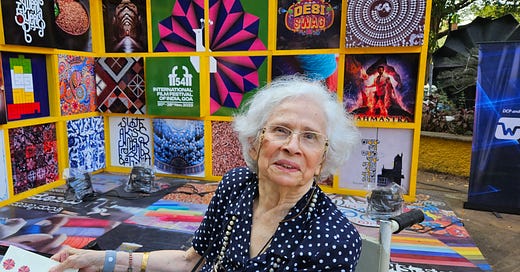




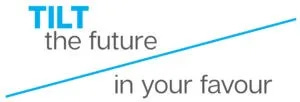
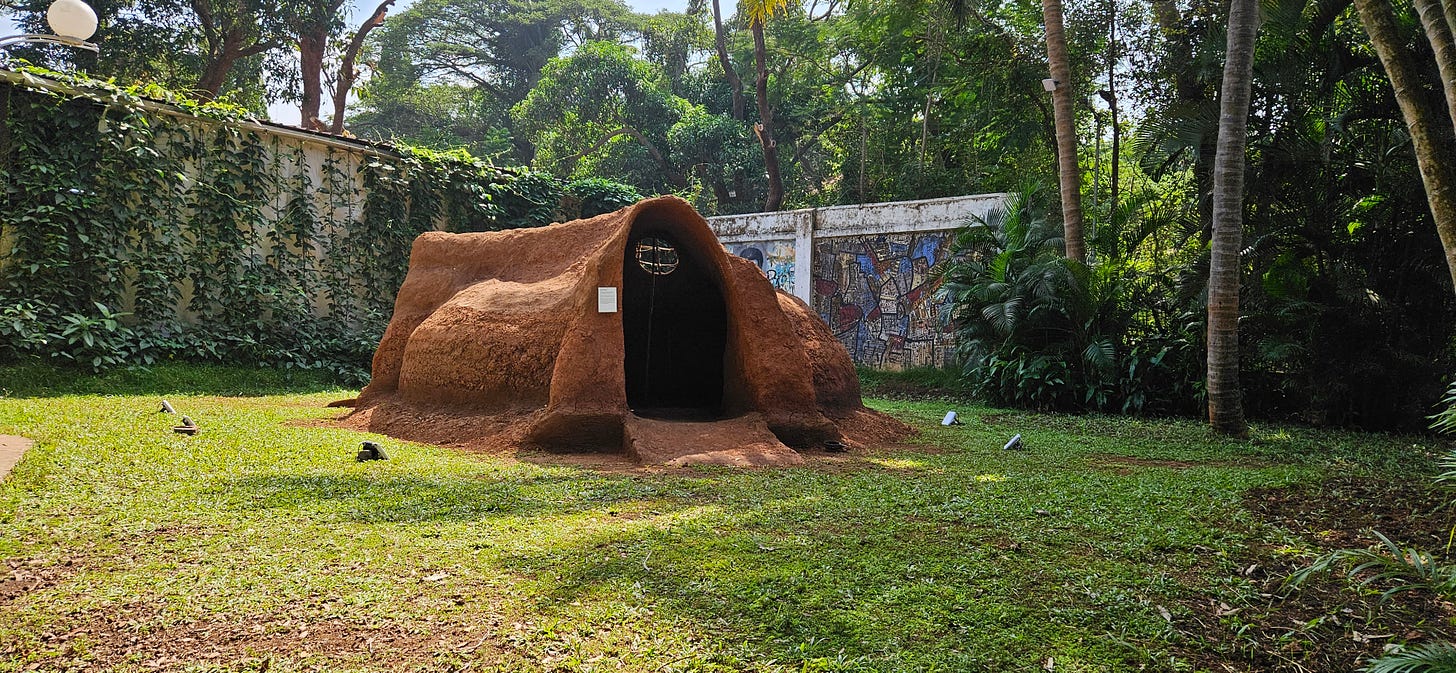
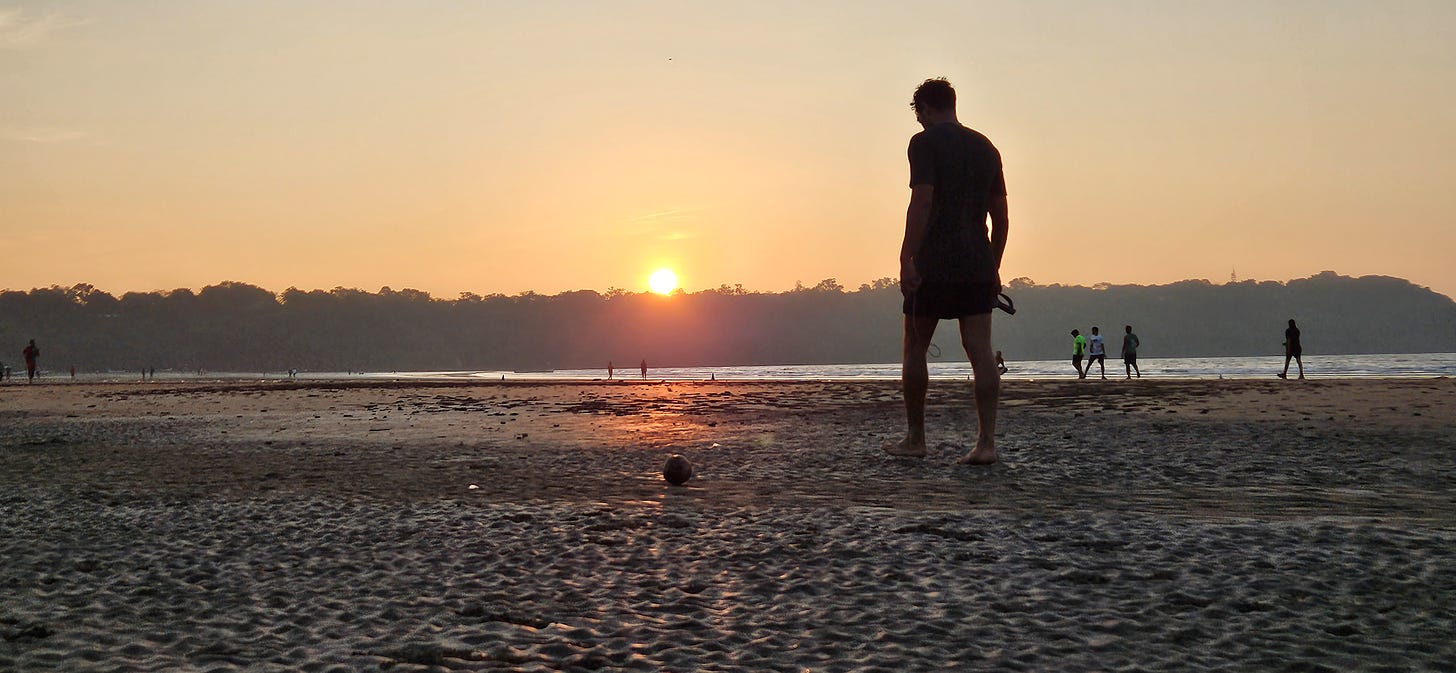
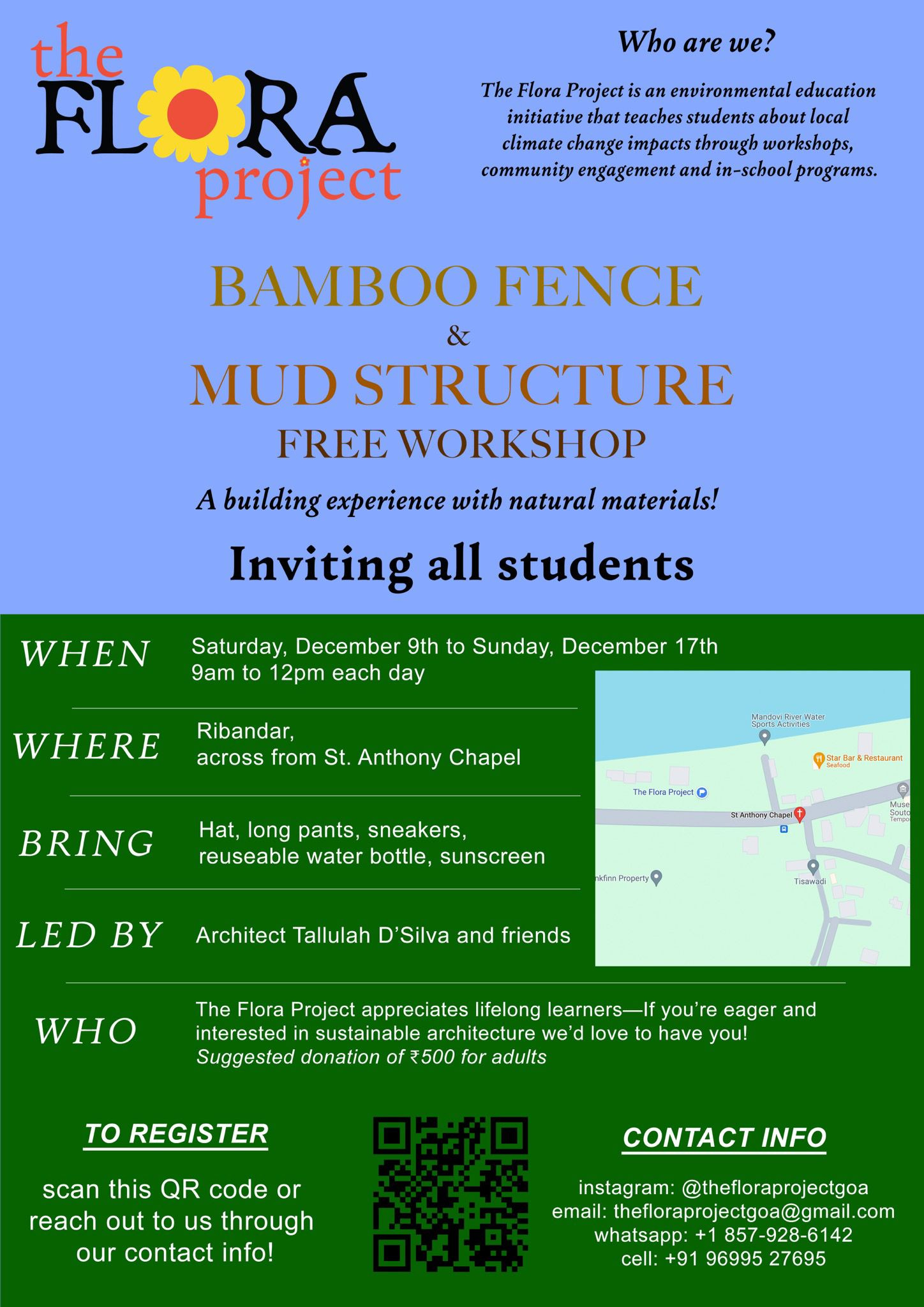
Karena, this is so inspiring. YOU’VE given ME faith in humanity, that we can turn our global ship in a new direction, one conscious thought and action at a time. This was surprising to me, something I’d never considered and makes complete sense: “everything changed for the crew. People started enjoying the work, and even holding each other accountable”. Teamwork and transparency seem to be integral in gaining traction internally.
I’m glad to be a part of the team and influenced by your passion and leadership. ❤️
What a wonderful, inspiring family project! Very concrete and visible!